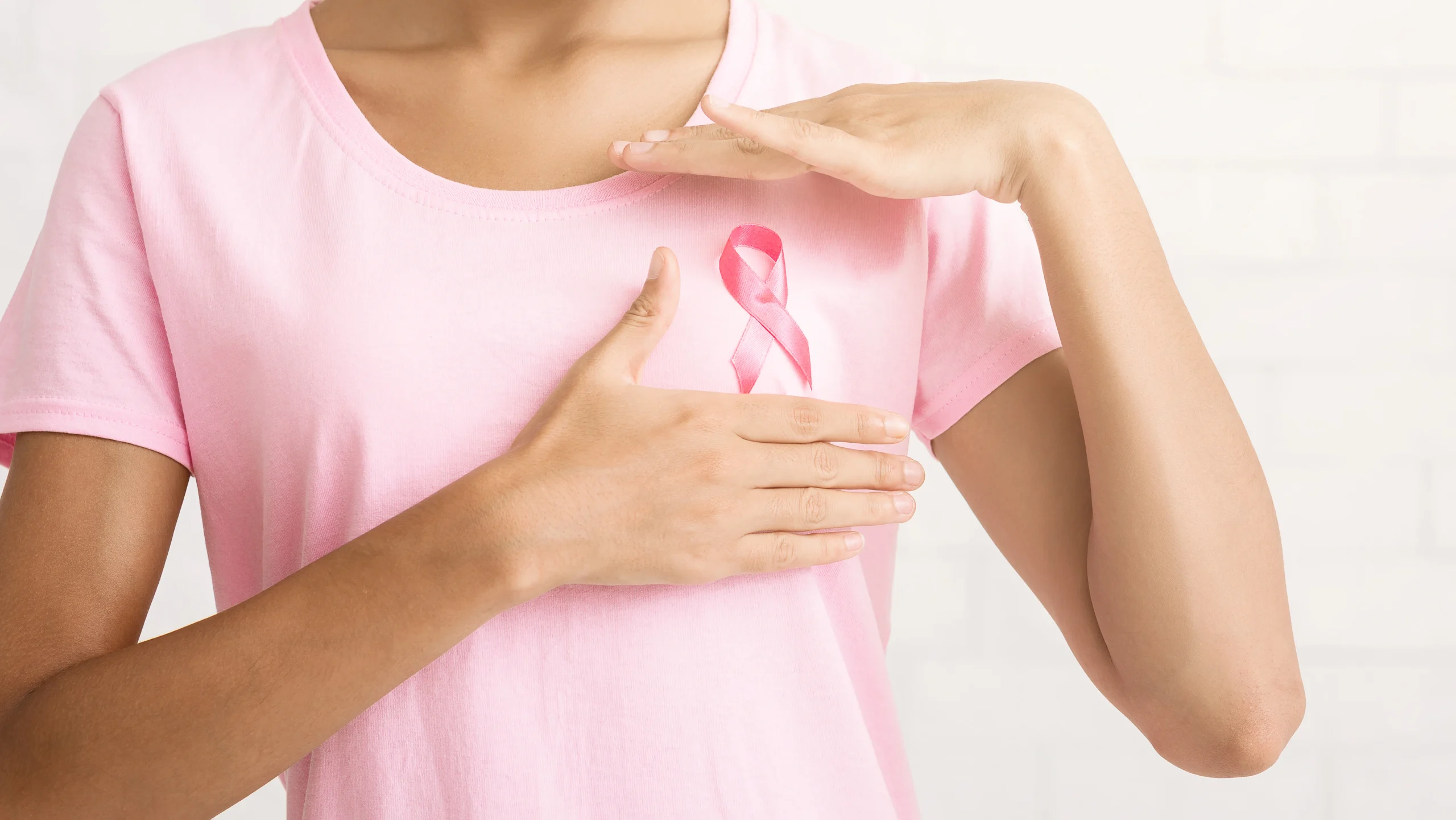
Stage 3 Breast Cancer Symptoms – What You Should Know
Introduction
Breast cancer is one of the most common cancers affecting women worldwide. While early detection significantly improves outcomes, understanding the symptoms of Stage 3 breast cancer is crucial for timely intervention. Stage 3 breast cancer is considered locally advanced, meaning the cancer has spread beyond the breast to nearby lymph nodes but has not yet metastasized to distant organs. Recognizing the signs early can dramatically influence treatment success and quality of life.
What is Stage 3 Breast Cancer?
Stage 3 breast cancer is a more advanced form of the disease. It is divided into subcategories:
| Subtype | Description |
|---|---|
| Stage 3A | Tumor is larger than 5 cm and may involve 1–3 axillary lymph nodes, or smaller tumor with more lymph nodes affected. |
| Stage 3B | Tumor has spread to the chest wall or skin, causing swelling or ulceration, with possible lymph node involvement. |
| Stage 3C | Cancer has spread to lymph nodes above or below the collarbone or internal mammary nodes, but not distant organs. |
Stage 3 breast cancer symptoms often reflect both tumor size and lymph node involvement. Unlike early-stage breast cancer, these signs can be more pronounced and sometimes visible.
Common Stage 3 Breast Cancer Symptoms
Understanding the symptoms of Stage 3 breast cancer helps patients and caregivers detect changes that may require immediate medical attention. The symptoms can vary depending on the tumor’s location, size, and lymph node involvement.
1. Noticeable Lump or Thickening
- Location: Usually in the breast or underarm area.
- Characteristics: Hard, irregularly shaped, or painless lumps that feel different from surrounding tissue.
- Significance: A rapidly growing lump or one that persists for weeks should be evaluated by a specialist.
2. Changes in Breast Size or Shape
- Swelling in one breast that makes it appear larger than the other.
- Skin over the breast may appear stretched or unusually tight.
- Breast asymmetry can indicate tumor growth affecting breast tissue.
3. Skin Changes
- Redness or Warmth: May resemble an infection, often mistaken for mastitis.
- Dimpling or Puckering: Skin may look like an orange peel (peau d’orange) due to lymphatic obstruction.
- Ulceration: Advanced tumors can cause open sores or wounds.
4. Nipple Changes
- Inversion: Nipple turning inward suddenly.
- Discharge: Unexplained fluid, sometimes blood-stained.
- Pain or Tenderness: Persistent discomfort around the nipple.
5. Enlarged Lymph Nodes
- Swelling in the underarm (axillary), collarbone (supraclavicular), or chest wall lymph nodes.
- Lymph nodes may feel firm, tender, or fixed to underlying tissue.
6. Pain or Discomfort
- Localized pain in the breast, chest, or upper back.
- Pain may increase over time as the tumor grows or presses on nerves.
7. Other General Symptoms
- Fatigue or unexplained weight loss.
- Fever or night sweats, in rare cases if the cancer triggers an immune response.
Common Heart Attack Symptoms One Month Before
Below are some potential early warning signs that may appear weeks before a heart attack:
1. Chest Discomfort
- Mild pressure, tightness, or aching in the chest.
- Often occurs during physical activity or emotional stress.
- May be mistaken for heartburn or acid reflux.
2. Shortness of Breath
- Feeling breathless during routine activities.
- Can occur even without exertion.
- Often accompanied by fatigue.
3. Unusual Fatigue
- Extreme tiredness or lack of energy that is not typical.
- May be persistent for days or weeks.
- Particularly common in women.
4. Pain in Other Areas
- Discomfort or pain radiating to the neck, jaw, shoulder, or arm.
- Some people may feel abdominal pain.
- These pains may come and go intermittently.
5. Dizziness or Lightheadedness
- Feeling faint or weak.
- May be accompanied by nausea or sweating.
6. Rapid or Irregular Heartbeat
- Palpitations or an unusually fast heartbeat.
- Can occur even at rest.
Less Common Symptoms of Stage 3 Breast Cancer
While not every patient experiences these, they can indicate disease progression:
- Swelling of the arm due to lymph node blockage (lymphedema).
- Skin ulcerations or wounds that do not heal.
- Persistent itching or rash localized to the affected breast.
- Painful or sensitive nipples.
How Stage 3 Breast Cancer is Diagnosed
Early recognition of symptoms should prompt diagnostic testing. Stage 3 breast cancer diagnosis typically involves:
1. Clinical Breast Examination
- Physical examination by a qualified doctor to check for lumps, skin changes, or lymph node enlargement.
2. Imaging Tests
- Mammogram: Detects masses or microcalcifications.
- Ultrasound: Evaluates lymph nodes and tumor structure.
- MRI: Provides detailed imaging of breast tissue and chest wall.
3. Biopsy
- Confirms cancer type and grade.
- May include core needle biopsy, fine-needle aspiration, or surgical biopsy.
4. Additional Tests for Stage Assessment
- CT scan, PET scan, or bone scan to rule out distant metastasis.
- Hormone receptor and HER2 testing to guide treatment.
Treatment Options for Stage 3 Breast Cancer
Stage 3 breast cancer requires a multimodal approach, often combining surgery, radiation, and systemic therapy.
| Treatment Type | Description |
|---|---|
| Surgery | May include lumpectomy or mastectomy depending on tumor size and spread. |
| Radiation Therapy | Targets remaining cancer cells in the breast, chest wall, or lymph nodes. |
| Chemotherapy | Systemic treatment to shrink tumors and kill cancer cells. |
| Hormone Therapy | For hormone receptor-positive cancers, reduces recurrence risk. |
| Targeted Therapy | HER2-positive cancers may benefit from drugs like trastuzumab. |
Neoadjuvant Therapy
- Chemotherapy or targeted therapy before surgery to reduce tumor size.
- Helps make surgery more effective and preserve breast tissue.
Post-Surgical Care
- Radiation therapy often follows surgery to eliminate residual cancer cells.
- Ongoing monitoring includes imaging and blood tests to detect recurrence.
Differentiating Stage 3 from Early Breast Cancer
Stage 3 breast cancer symptoms differ from early-stage signs primarily in severity and spread:
| Feature | Early-Stage Breast Cancer | Stage 3 Breast Cancer |
|---|---|---|
| Tumor Size | Usually <2 cm | Often >5 cm or involves multiple lymph nodes |
| Lymph Node Involvement | Rare | Commonly affected |
| Skin/Nipple Changes | Rare | Frequent, may include dimpling, ulceration, or inversion |
| Pain | Often absent | May be present due to larger tumor |
| Treatment Complexity | Surgery may suffice | Multimodal therapy required |
Understanding this difference can encourage timely medical consultation, improving prognosis.
Risk Factors for Stage 3 Breast Cancer
Certain factors may increase the risk of advanced-stage breast cancer:
- Family history of breast or ovarian cancer.
- Genetic mutations like BRCA1 or BRCA2.
- Dense breast tissue making detection harder.
- Delayed screening or neglecting early symptoms.
- Hormonal factors, including early menstruation or late menopause.
When to See a Doctor
Immediate medical attention is warranted if you notice:
- A persistent lump or swelling in the breast or underarm.
- Sudden skin changes or nipple inversion.
- Unexplained pain or tenderness.
- Swollen lymph nodes near the breast or collarbone.
Early consultation with an oncologist or breast specialist can facilitate timely diagnosis and treatment planning.
FAQs About Stage 3 Breast Cancer Symptoms
- Can Stage 3 breast cancer be cured?
Yes, with early and appropriate treatment, patients can achieve remission, though treatment is intensive. - How quickly does Stage 3 breast cancer progress?
Progression varies by individual, tumor biology, and genetics. Regular screening is crucial. - Are there preventive measures for Stage 3 breast cancer?
Routine screening, self-exams, a healthy lifestyle, and genetic counseling for high-risk individuals can help detect cancer earlier. - Does Stage 3 breast cancer always cause pain?
Not always. Some patients may remain asymptomatic or experience only mild discomfort until advanced changes occur.
Conclusion
Understanding Stage 3 breast cancer symptoms is essential for timely detection and effective treatment. While this stage represents a locally advanced cancer, early intervention, combined with a comprehensive treatment plan, can significantly improve outcomes. Regular screenings, awareness of changes in the breast, and prompt medical consultation remain the cornerstone of breast cancer management.
At Horizon Prime Hospital, our breast cancer specialists provide compassionate, expert care with advanced diagnostic tools and personalized treatment strategies. Recognizing the signs early and seeking professional care can make a life-saving difference.







